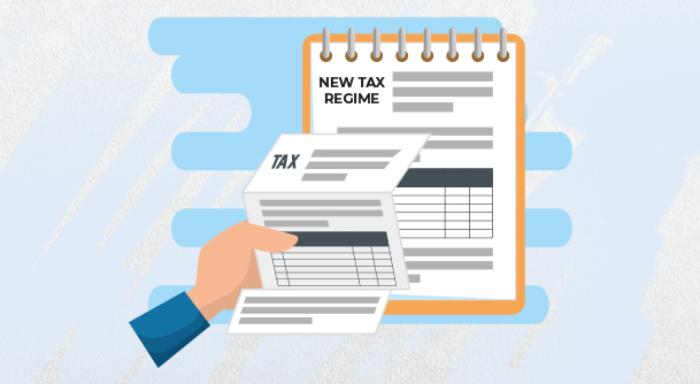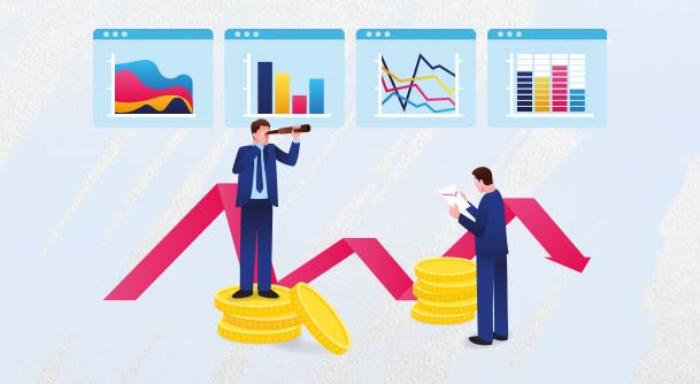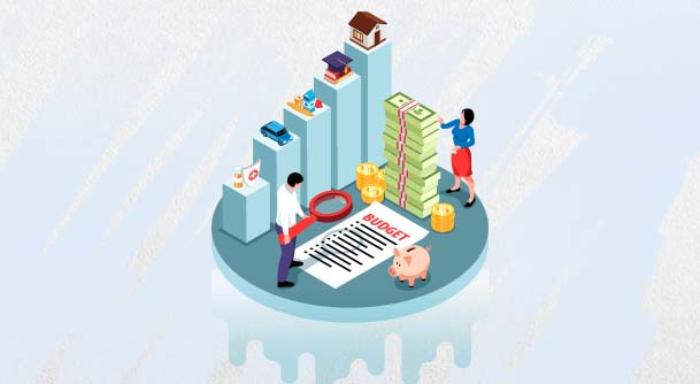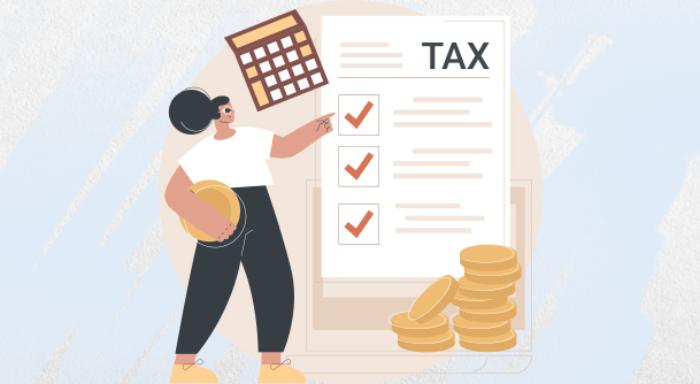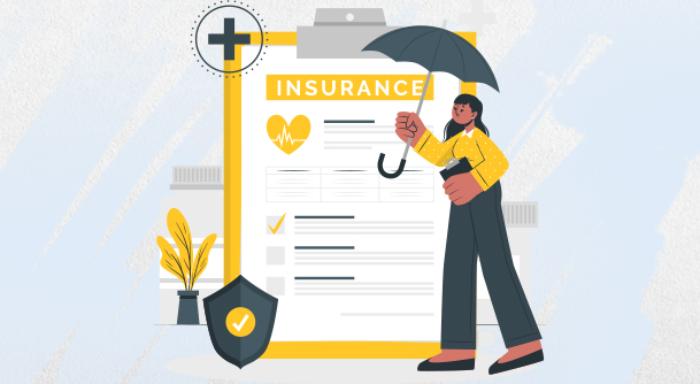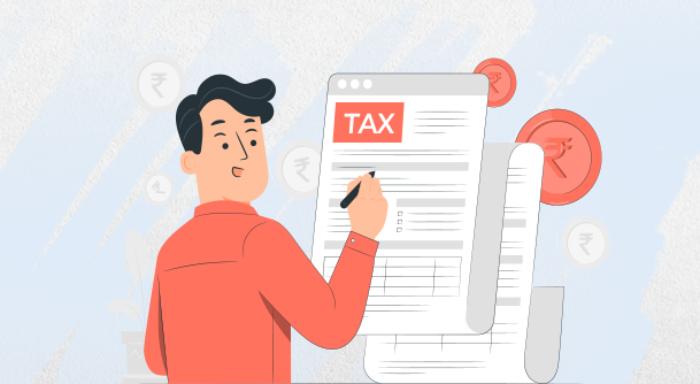New Tax Regime in 2024-25: Benefits and Downsides
Blog Title
145 |
The New Tax Regime is an alternative tax bracket that was introduced back in Budget 2020. The New Tax Regime is far simpler than the old system, as taxpayers under the new system do not have to worry about filing for various deductions. Moreover, the tax rates of the new bracketsregime are also lower when compared to the Old Tax Regime. The New Tax Regime will soon beis now declared as the default system, and people will have to opt into the Old Tax Regime if they want to continue with the old system. If you are curious about the benefits of the New Tax Regime and are wondering if it can help you save more, then below is a short list of the various pros and cons of the new regime.
Lower Tax Rates for Each Bracket
The primary advantage of the New Tax Regime is that the tax rates for each bracket is lower than that of the Old Tax Regime. The tax burden for those who earn less than 10 LPA is significantly lower than before. Below are the tax brackets for the old and new tax regime respectively. Note that the tax brackets given below are for FY 2023-24/AY 2024-25.
Old Tax Regime
Up to ₹2,50,000 |
No Tax |
₹2,50,001 to ₹5,00,000 |
5% |
₹5,00,001 to ₹10,00,000 |
20% |
Above ₹10,00,000 |
30% |
New Tax Regime
Up to ₹3,00,000 |
No Tax |
₹3,00,001 to ₹6,00,000 |
5% |
₹6,00,001 to 9,00,000 |
10% |
₹9,00,001 to 12,00,000 |
15% |
₹12,00,001 to ₹15,00,000 |
20% |
Above ₹15,00,000 |
30% |
As you can see, the New Tax Regime offers lower tax rates and has more tax slabs that differentiate between the various income brackets. The Old Tax Regime rates have also been increased to incentivise people to switch over to the New Tax Regime. The New Tax Regime will be the default tax bracket to follow unless you specifically choose the old tax slab while filing your tax returns.
Simplicity
One of the downsides of the Old Tax Regime was its complexity. Taxpayers had to keep track of numerous deductions to reduce their tax burden. You had to maintain/provide proof for each tax deduction while filing your income tax returns. This made the tax filing process a long and confusing process, especially for people who just joined the workforce and had no prior experience with tax filing.
In contrast, the New Tax Regime is quite simple, as most of the tax deductions are not applicable to the new regime and can simply be ignored. In exchange for fewer deductions, the tax rates have been reduced significantly. So new taxpayers can enjoy lower tax rates without having to worry about providing proof for numerous tax deductions under the various sections of the Income Tax Act.
Downsides of the New Tax Regime
While simplicity and lower tax rates are the New Tax Regime’s greatest advantages, the lack of tax deductions may be a downside for those who have already invested in tax savings instruments. If you have money invested in ELSS funds or tax saving insurance plans, then the switch to the New Tax Regime may be detrimental to you.
Are Life Insurance Tax Benefits Applicable Under the New Tax Regime?
Section 80C offers tax deductions of up to ₹1.5 lakhs for life insurance premiums. This is why life insurance is a popular tax saving investment. However, Section 80C deduction is allowable only applicable in the Old Tax Regime. Even other popular tax deductions such as those under Section 80D (medical insurance deductions) and 80E (education loan deductions) will no longer be applicable if you switch to the New Tax Regime.
However, exemption under Section 10(10D) of the Income Tax Act is still applicable available under the New Tax Regime. Section 10(10D) ensures that your life insurance returns are tax free, provided your insurance policy meets the Section’s various terms and conditions. Moreover, under Section 10(10D), the death benefit your family receives upon your passing will always be tax free, irrespective of whether you follow the old or new tax regime.
Old or New? Which Tax Regime Should You Choose?
While the New Tax Regime will be the default regime starting from FY 23-24, it is important to note that you can freely switch to the old regime if you wish to do so., provided you are a salaried person. But which regime is better? The simple answer to that question is- whichever regime saves you the most money. If tax deductions benefit you more than lower tax rates, then keep using the Old Tax Regime. However, if you prefer lower tax rates, or don’t want to bother with the hassle of filing for tax deductions, then the New Tax Regime might be right for you.
Generally, those in the lower tax brackets will benefit more from the New Tax Regime, especially if they do not have any tax saving investments. However, those in the higher tax brackets may save more in the Old Regime thanks to the numerous tax benefits that they can take advantage of.
Chirag Iyer - BFSI Enthusiast
Chirag is a writer and an avid reader who loves to drink coffee! His other interests include boxing, karate, and singing.


